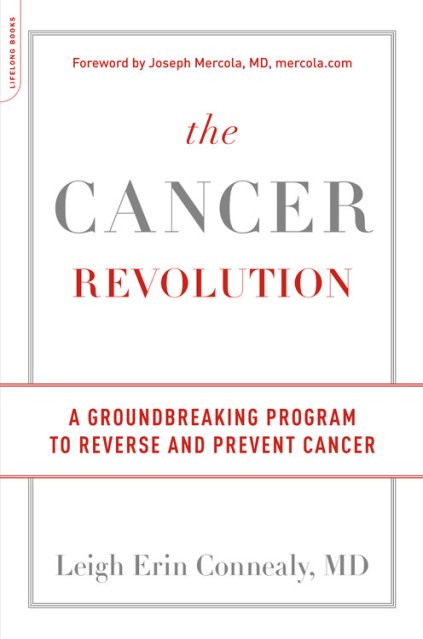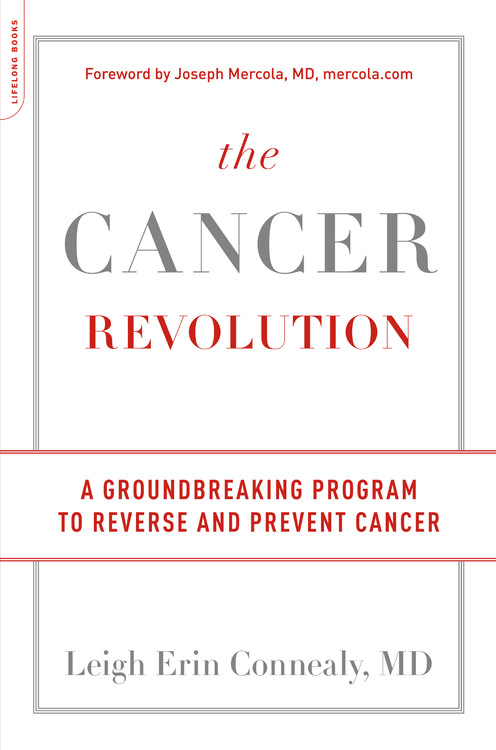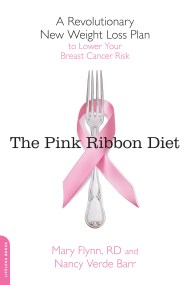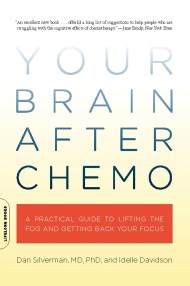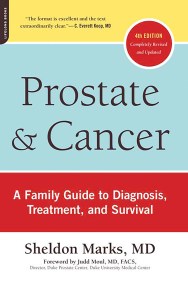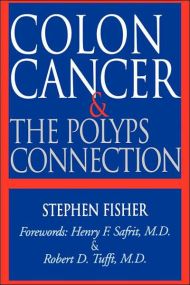Promotion
Use code MOM24 for 20% off site wide + free shipping over $45
The Cancer Revolution
A Groundbreaking Program to Reverse and Prevent Cancer
Contributors
Formats and Prices
Price
$19.99Price
$25.99 CADFormat
Format:
- Trade Paperback $19.99 $25.99 CAD
- ebook $4.99 $4.99 CAD
- Hardcover $39.00 $49.00 CAD
This item is a preorder. Your payment method will be charged immediately, and the product is expected to ship on or around July 17, 2018. This date is subject to change due to shipping delays beyond our control.
Also available from:
But it doesn’t have to be this way. Dr. Leigh Erin Connealy has developed a whole-person approach to treating cancer – and these treatments have helped thousands of patients through her Cancer Center for Healing. In The Cancer Revolution, Dr. Connealy shows you how to get to the root causes of cancer and the practical steps you can take to get back on the path to healing — from balancing your body’s chemistry with nutritional supplements, following a healthy food plan, detoxifying your body and home, exercising regularly, getting deep restful sleep every night, practicing stress reduction techniques, and putting together a supportive healing team.
Chemotherapy and radiation have their place in treatment, but in many cases, they are simply not enough, because cancer isn’t caused by one thing, but by many different factors. All of these causes must be addressed, not just the tumor. The Cancer Revolution will equip you to make impactful, achievable lifestyle choices that fight the root of the disease, and that offer hope for recovery and a cancer-free life.
Genre:
-
"Dr. Connealy understands the role of nutrition, epigenetics, and integrative approaches in healing cancer and even preventing cancer. Cancer is not a death sentence. There is always hope, and this book will empower you with knowledge that just might save your life or the life of a loved one."Ty M. Bollinger, author of the New York Times bestselling The Truth About Cancer, documentary film producer
-
"Being diagnosed with cancer never needs to become a death sentence. In this groundbreaking book, Dr. Leigh Erin Connealy provides practical, easy-to-implement strategies that can complement your conventional plan to pave the path for healing and vitality. Highly recommended reading."JJ Virgin, New York Times bestselling author of The Virgin Diet
-
"The Cancer Revolution provides lifesaving facts and information; you cannot receive optimal cancer care without knowing what is in this book. Its empowering information will help ensure that no one will have to settle for inadequate and outdated forms of mainstream cancer treatment."Garry F. Gordon, MD, DO, MD(H.)
- On Sale
- Jul 17, 2018
- Page Count
- 336 pages
- Publisher
- Da Capo Lifelong Books
- ISBN-13
- 9780738234656
Newsletter Signup
By clicking ‘Sign Up,’ I acknowledge that I have read and agree to Hachette Book Group’s Privacy Policy and Terms of Use
